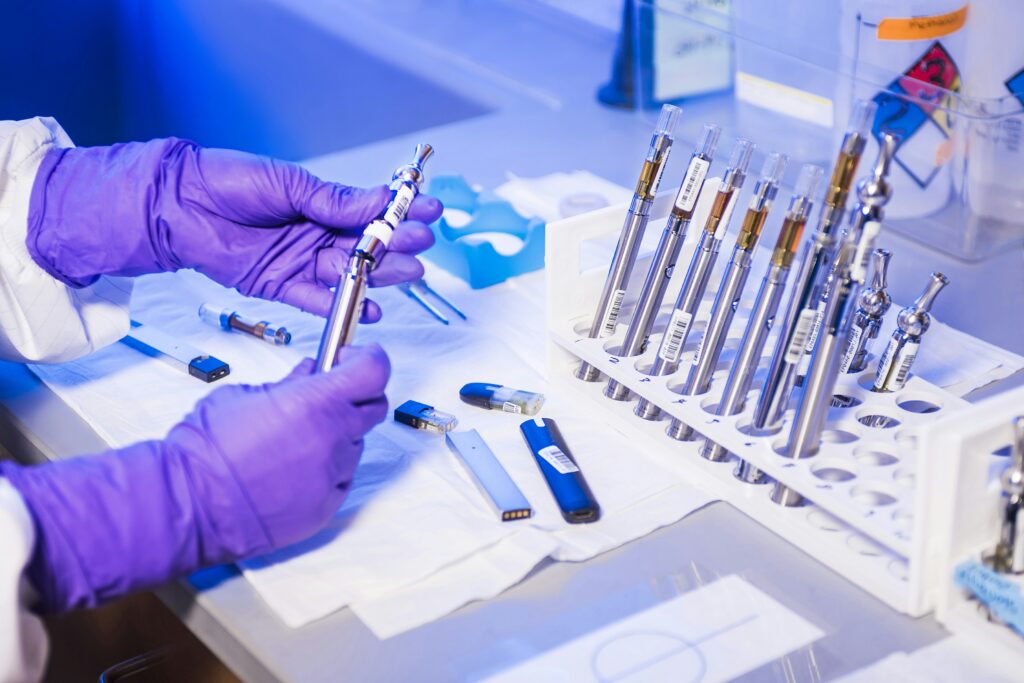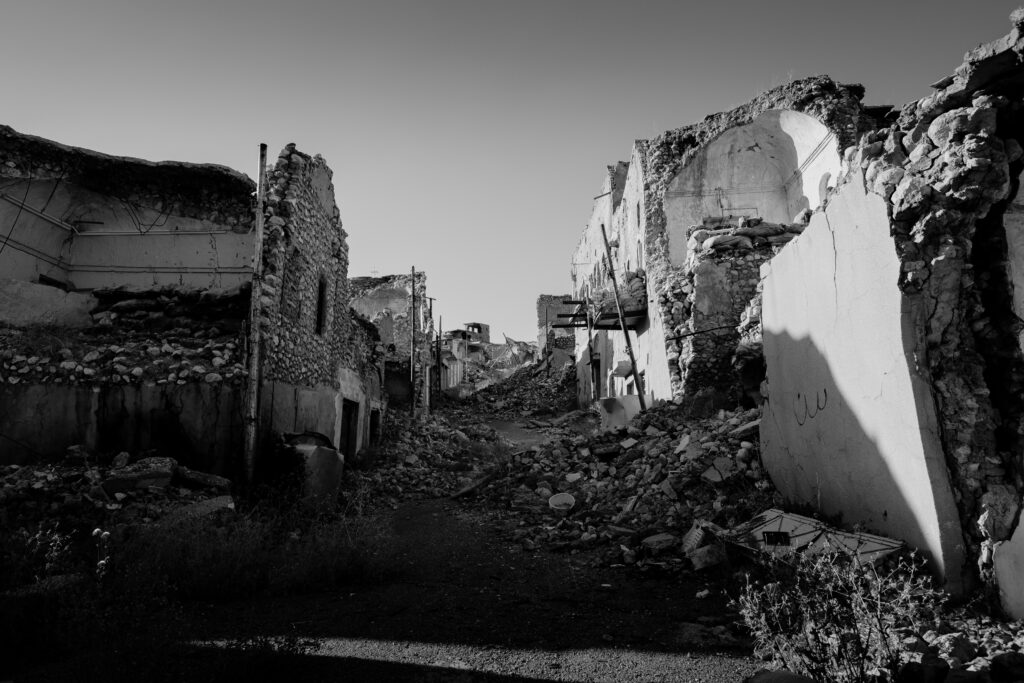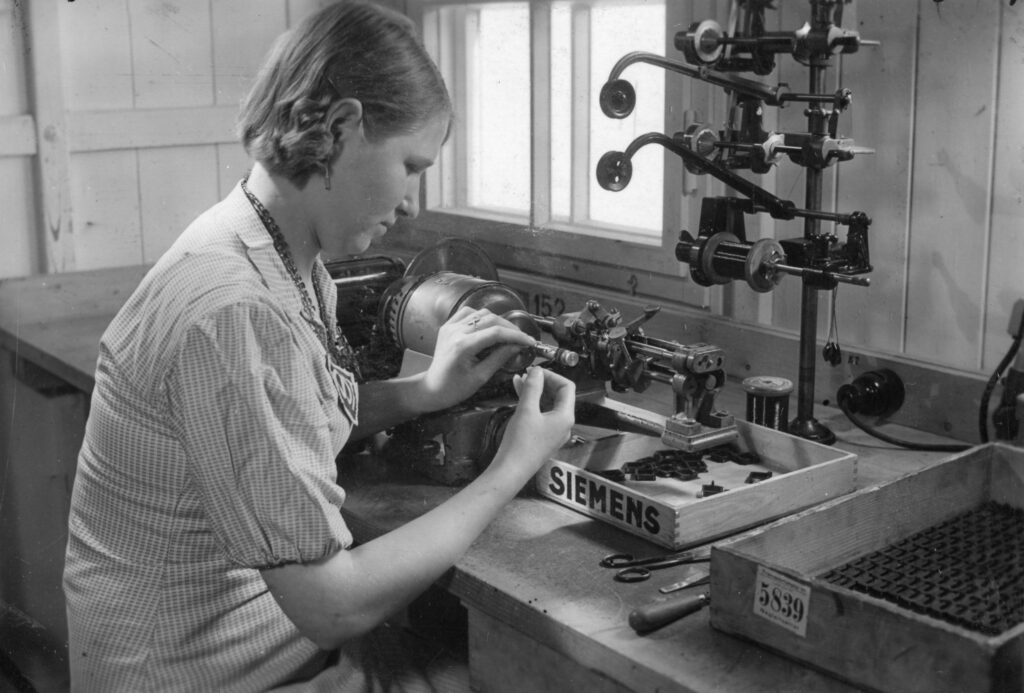Transparency takes courage: the anti-heroic journey as a new chapter in the company’s history
As a PR and brand storytelling agency, it is easy for us to look back at our own company history and tell the story of our journey to today, including numerous hurdles and stumbling blocks. After all, storytelling is not just a trendy buzzword for us, it is our philosophy. We also repeatedly tell our customers not to communicate just one side of the coin to the outside world, but rather to map the entire journey. For most young founders, this is no drama. After all, everyone knows the difficulties that can arise from the first entry in the commercial register to the stabilization of their own company.

Traditional brands, on the other hand, can often look back on a long history, which in some cases goes back well over 100 years. However, it would be presumptuous to believe that the generation of founders at the time only had to overcome personal resistance and that the companies’ sole intention was to make the world a better place. So what does the foundation on which today’s corporations were built look like? Should EVERY story really be communicated openly? As storytelling consultants, we also have to consciously ask ourselves these questions.
We are heroes? A brief background
Anyone familiar with our blog will of course already be familiar with it: the hero’s journey. It is the heart of every good story – whether in movies, television or in the real world out there. The development of countless brands, from Barbie’s dream factory Mattel to the teddy bear manufacturer Steiff, can be told using the model based on the American mythology professor Joseph Campbell. This shows that the success of a company sometimes includes bitter setbacks or fateful wrong decisions. The key question here is whether and how these dark stages of the hero’s journey are communicated today.
For all those who would like to delve deeper into the storytelling universe, our consultant Luisa has explained the basics in more detail.
The following three companies also had to deal with the question of whether and how their story should be told when coming to terms with their past.
1 Grünenthal and the morning sickness issue
The pharmaceutical company Grünenthal made headlines in the 1960s. But unfortunately not the good kind. This is because the sleeping pill and tranquillizer thalidomide they produced, which was sold in Germany between 1957 and 1961, could sometimes cause serious side effects. However, the extent of this only became apparent after a few months, as the drug was mainly prescribed to pregnant women to treat morning sickness. With serious consequences: There were numerous malformations of hands and feet, shortening or complete absence of arms and legs and various other deformities in the unborn children, who were to live their whole lives under the name “thalidomide babies”.

The question of how this drug came onto the market in the first place is more than justified. However, we must understand that the standards in the pharmaceutical industry in the 1950s and 1960s were nowhere near what we know today. There were neither sufficient tests on the safety of use during pregnancy nor specific laws on drug monitoring. The subsequent scandals and the so-called thalidomide trial ultimately led to the introduction of stricter controls and greater transparency in the approval of medicines. This was an important turning point for safety in the pharmaceutical industry, but who takes responsibility for those affected and looks after them?
Today, the “thalidomide children” of that time are adults. The scandal is forgotten by the public, but their disabilities remain with them for the rest of their lives. How does Grünenthal deal with its responsibility? The pharmaceutical company communicates the complete chapter from the company’s history on the website specially created for the drug. Unadorned. Open. Honest. But above all: sincere. The “Thalidomide timeline” in particular provides a detailed insight into the events of that time. So that it is not forgotten.
The thalidomide tragedy will always remain part of our company history. We will never forget what happened and deeply regret the far-reaching consequences for the people affected and their families.
Grünenthal GmbH
With the clear message that this part of the story also belongs to the organization, the transparent approach and the “Grünenthal Foundation for the Support of Thalidomide Victims”, the memory of this chapter is preserved.
2 Matthäi – Building at any price?
We cannot write about dealing openly with our own past and celebrate the hero’s journeys without reflecting on our own history – that of our nation. Matthäi, a construction company that is over 90 years old, thought the same thing and critically scrutinized the decisions of its own ancestors on its website.

In 1933, the year the company was founded, the brothers Hermann and Rudolf Matthäi accepted a commission from the Nazi leadership, supported the regime by constructing and restoring various buildings and thus made a profit. Not an isolated case from that time and yet a past that any CEO today would probably rather not have. Although the construction company’s history did not attract media attention and it would have been easy to simply keep this chapter quiet, Matthäi decided to communicate openly and transparently:
Because responsibility does not end with a historical epoch – in our eyes, it only begins with it.
MATTHÄI Bauunternehmen GmbH & Co. KG
This awareness of the company’s own past and the acceptance of responsibility is reflected in the current values of the company management and in the support provided by the Gerhard and Karin Matthäi Foundation. With the firm conviction that knowledge and education are the most effective means of combating all forms of extremism, the Group is committed to lifelong learning. With their own history firmly anchored in the company’s DNA, Matthäi shows that although the heirs are not responsible for the actions of previous generations, they are responsible for shaping their future.
3 Siemens and the forced laborers
A hero’s journey lasting over 170 years is bound to have its ups and downs. The Second World War did not leave Siemens unscathed and left a dark chapter in the company’s history. Shortly after the Nazis came to power in 1933, the company experienced an economic upswing and strong growth, which was mainly due to government armaments orders. Although Carl Friedrich von Siemens valued democracy and had an aversion to the Nazi dictatorship, the factory adapted to the conditions of the time and developed electrical engineering products for the Wehrmacht.

However, the arrival of qualified skilled workers during the war was followed by an enormous labor shortage. Siemens saw no other way to help and, from 1940 onwards, increasingly resorted to forced labor in order to maintain production. Over a period of five years until the end of the war in 1945, at least 80,000 people were forced to work in German production facilities.
How does a company deal with such a huge number and such an anti-heroic journey? Siemens has only one answer to this question: transparency. The company takes its history very seriously and stands by it. Very open and direct.
The fact that Siemens forced people to work against their will during this period, when the company was involved in the war economy of the National Socialist regime of injustice, is deeply regretted by today’s top management and the company’s employees.
Siemens AG
The Group is following up its clear words with action and taking responsibility. Siemens publishes the entire story transparently on the company website for everyone to see. With the company’s own “Humanitarian Relief Fund for Former Forced Laborers (HHZ)” and the foundation initiative of German industry “Remembrance, Responsibility and Future”, the Group also provides monetary compensation for the atrocities of the past. But the memory should not be forgotten either.
With the Ravensbrück project, the company is cultivating a culture of coming to terms with the past, which is intended to make future generations in particular aware of how closely national history is linked to the company’s history. Once a year, Siemens trainees visit the former concentration camp at the Ravensbrück Memorial and engage in dialog with contemporary witnesses and historians.
Conclusion – Our history is a part of us
Transparency requires courage. But the head-in-the-sand method cannot be the solution. Companies should always be aware of one thing: We cannot choose our past and it is not our job to shoulder the guilt of our ancestors. Bad things happen and they don’t always fall within our scope of action. But it is up to us to decide how we deal with the difficult legacy we have inherited. These three examples make it clear that transparent disclosure and taking responsibility is possible. There is therefore only one clear answer to the question posed at the beginning, and that is “Yes”! Every story should be told. The next generation will determine how it continues.
Share this article
Related articles

24 October 2024






